If you consider your working life as linear, starting at school and finishing at retirement, the companies we work for have a significant bearing on our experience throughout this journey.
We all will remember “moments of truth” that stand out during our careers, for better or worse. Whether it be the first time you received a job offer or you received a promotion. Or that time when you had to quit because you and the boss didn’t see eye to eye.
Maybe it was a time when you thought you were unwanted by your company, only to receive some fantastic feedback. Or the first time you had to manage a team member through a performance improvement plan.
The experiences your people have within your company are vital and will have a significant bearing on loyalty, success, and outstanding employee engagement in the long run.
The employee lifecycle model is used to envision employees’ engagement with the company. The stages involved in this model include: Attracting talent, Recruitment, Onboarding, Development, Retention, and Separation.

Attracting Talent
Attracting the right talent starts even before formal recruitment. This requires building brand awareness within the industry as a great place to work.
The best brand ambassadors are your existing employees. While benefits and compensation are non-negotiable, having a great work culture can result in excellent employee experience, resulting in outstanding employee advocacy across social media platforms. This is the only way to create an aspirational workplace and attract talent.
Recruitment
The person to be recruited will be working closely with existing teams, so having them involved with the recruitment will make the process smooth. This includes having existing team members list necessary criteria, review candidates, and more.
To recruit the best fit for the role, outline the necessary prerequisites. This will save time and effort for all parties involved. Leveraging various recruitment platforms is a great place to start. Various skill tests based on the domain and industry will help assess candidates’ technical knowledge and capabilities.
Lastly, from the application until the interview/test, the organization should ensure a seamless and smooth experience for the candidates.

Onboarding
Once recruited, the employees should be appropriately inducted. They should be familiar with the work culture, company goals, role, skills, and behaviors needed to work effectively within the organization.
They also should be socialized within the organization – who’s who – and more importantly, who should you go to for help!
Checking on them in the initial few weeks is critical in retaining the talent in the organization.
Development
Here, the company begins to encourage professional development. This often proves to be a significant motivating factor in helping employees find a future career path within the organization.
This can be achieved by encouraging external learning through independent workshops, seminars, and conferences. Having managers work closely with the team establishes an honest and respectful feedback system.
Employees gain insights into their performance, while managers can plan and prioritize aspects that require further development.
Foster a company culture where employees develop a professional action plan for their growth and development. Rewarding employees who learn on their own time goes a long way in fostering a culture of value and appreciation.

Retention
Retaining talent in the organization requires employees to grow with the business. Having a clear career path is crucial. The organization should help cultivate strong relationships among team members.
Organizational mission and team aspirations must be openly communicated. Seek out employee feedback, measure team morale regularly, and take action when needed.
It is vital to understand what motivates your employees to have a fruitful relationship.
This also involves providing career paths – mapping out my future and what opportunities I have for growth.
Separation/Retirement
This will conclude an employee’s journey with the organization – retirement, personal/professional reasons. It is essential to handle this stage with respect and dignity as it can affect employee morale and image.
It is essential to understand the reasons for separation, seek constructive feedback, and reassure existing employees.
There also is a need to capture the knowledge that sits within the mind of the departing employee. Can we enable/empower that individual to create learning for others?
EdCast Talent Experience Platform
Managing end-to-end employee experience seamlessly, from hire to retire, is not easy. This is where organizations need the latest tools and tech, like the Edcast Talent experience Platform (TXP). The TXP fosters a learning culture enabling you to attract, develop and retain high-performing talent. It helps organizations unify workflow learning, skill-building, and career development. The AI-powered platform personalizes employee experience and enables them to acquire skills in line with their career aspirations, develop expertise, and build a path for a long-term fulfilling career in the organization.
We will be happy to help you kickstart your organization’s learning and development (L&D) transformation journey.
Visit our website to know more, or click here to book a meeting. Follow us on LinkedIn for the latest updates in the talent experience space.



